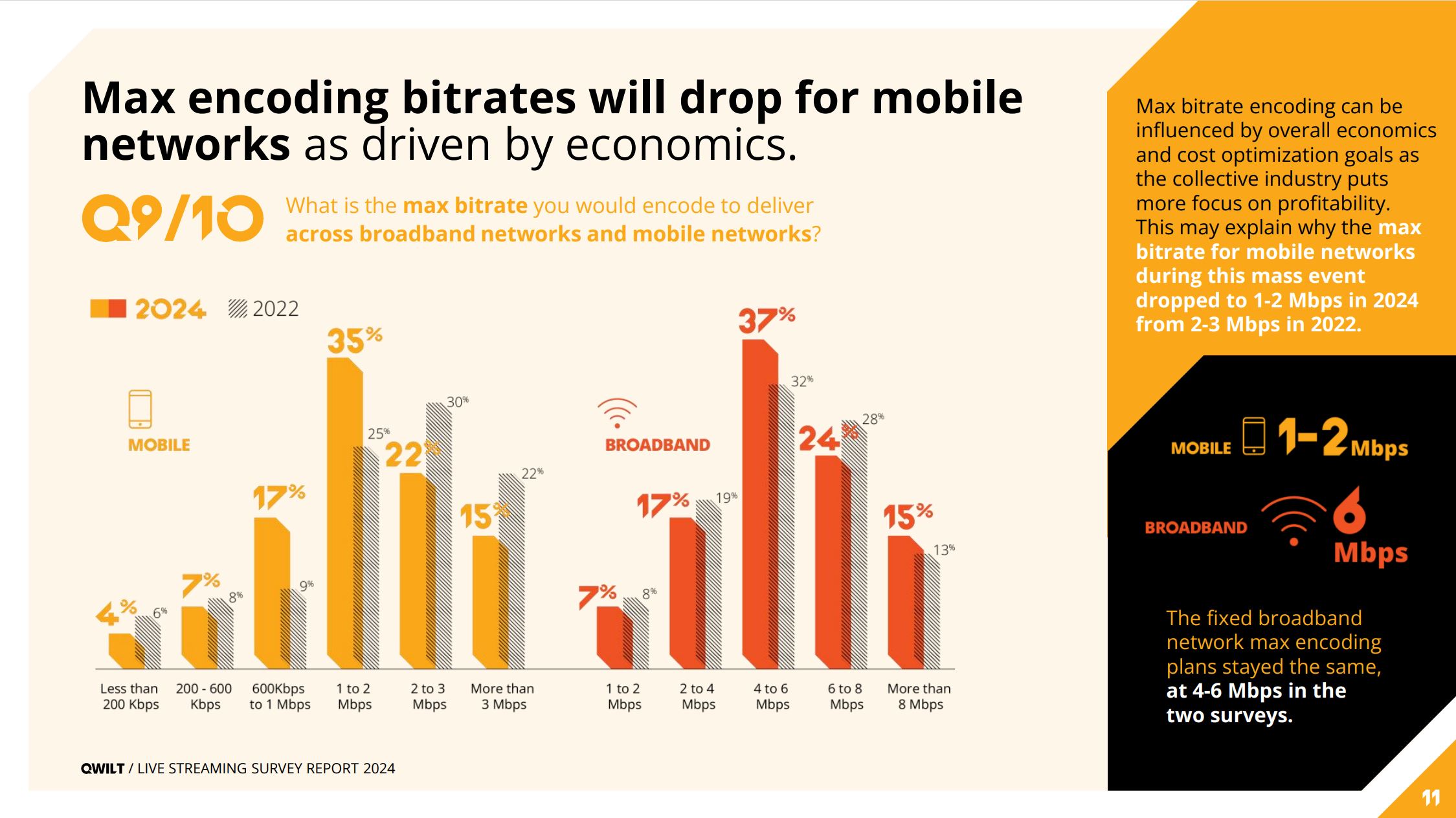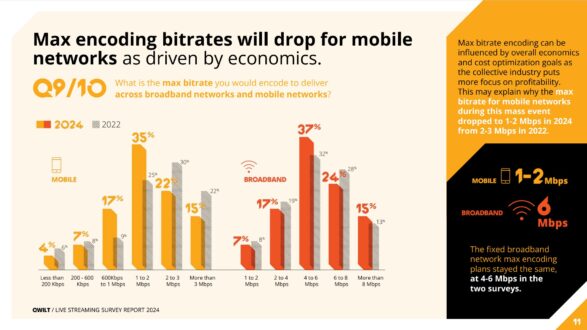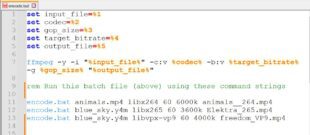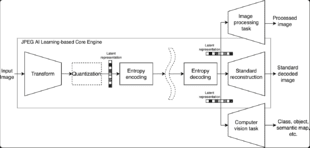Many streaming publishers focus on the top rung of their encoding ladders and let the rest fall where they may. Recently released survey findings from Qwilt indicate that publishers serving a high percentage of mobile viewers should also focus on the middle rungs, as zero rating and rate-shaping make these the most highly viewed rungs on some mobile networks. The survey also revealed a trend towards lower bitrates for broadband streaming.
The results suggest that content providers should focus on delivering the best possible quality at lower bitrates. This is not exactly a man-bites-dog finding, but it does renew the urgency of adopting per-title encoding strategies and leveraging advanced codecs like HEVC and AV1.
Contents
About the Survey
Qwilt offers a content delivery network and conducted surveys in both 2022 and 2024 to gain insights into current trends in live streaming. The surveys targeted content providers across the US and Europe, focusing on their experiences and practices related to streaming large-scale live events. This year’s survey included 259 respondents, primarily industry professionals involved in both live and video-on-demand (VOD) streaming, offering a comprehensive view of the challenges and strategies in today’s streaming landscape.
The surveys focused on live-streaming. Here’s the “assignment” from the first survey. “You are planning to exclusively stream a global live sports event. The event can only be viewed via your streaming platform – there is no broadcast option.” I’ll discuss the significance of this assignment below.
The 2024 survey followed up on trends observed in the 2022 survey, showing how the industry is adapting to new technologies and market conditions, and highlighting changes and emerging practices.
Mobile Streaming Trends from the Qwilt Survey
This blog focuses on the findings shown in Figure 1, which you can click to view at full resolution. When asked about the maximum bitrate they would encode for delivery across mobile networks, 35% of respondents in 2024 selected the 1-2 Mbps range. This represents a shift from 2022, where the highest response rate (30%) was for the 2-3 Mbps range. This noticeable drop suggests a shift in industry practices towards lower bitrates.

Factors Influencing the Drop
In his LinkedIn post about the survey results, Thierry Fautier attributed this decline to the impact of zero rating and rate-shaping (or traffic shaping). As he explained,
“We will look at the mobile case, which has different characteristics in the US. In the US, most leading content providers have struck deals with MNOs (Mobile Network Operators) with the so-called “zero rating,” where the user’s consumption is not counted against their data quota. In such cases, the MNO can rate-shape the content to the 1.5M/s profile, making this the most commonly used bitrate in the US. In Europe, zero rating is not allowed, so only the content provider can limit the consumed bitrate.”
Briefly, Rate shaping is a network management technique where mobile network operators control data flow to ensure optimal performance, often by throttling bandwidth for non-essential services. In essence, the MNOs are letting their customers view mobile video “for free,” but they are also degrading the experience by limiting the bitrate. Fautier also noted that the adoption of more efficient codecs could be contributing to the reduced bitrates.
Commenting on Fautier’s post, Meta’s David Ronca offered a different perspective, emphasizing the advantages of per-title encoding over a fixed bitrate approach. As he stated,
“You’re talking about bitrate and quality as if they were equivalent. They are not. For the average video, 1.5M/s would be quite high for 480p encode. High enough that the better choice would be to move to 720p. Of course, the ‘average video’ does not exist. That’s why we do per-title encodes and determine the convex hull of the RD curves across the resolutions.”
Mobile Recommendations
If 1-2 Mbps is the key mobile target, you should focus on delivering the best quality at that bitrate. Ronca’s suggestion to deploy per-title encoding is the easiest to implement, since it doesn’t involve a codec change. As an example, for talking head videos, per-title might choose 720p30. For high motion sports, it might be 540p60. Either way, a one-size fits all encoding ladder for mobile is only accidentally the best approach.
Deploying advanced codecs like HEVC and AV1, as Fautier suggests, can improve compression efficiency and quality at lower bitrates. For truly optimal quality, consider per-title with HEVC or AV1.
Additionally, it seems clear that these producers were using different manifests to reach broadband and mobile viewers. If you are not already implementing this practice, you should be. Tailoring your manifests for different devices can significantly enhance the viewing experience and ensure efficient use of bandwidth across various platforms.
Broadband Streaming Trends
Focusing on Broadband, Qwilt respondents found 4-6 Mbps target the most popular, increasing from 27% in 2022 to 32% in 2024. Meanwhile, the 6-8 Mbps range saw a decline from 28% to 24%, and those targeting more than 8 Mbps increased from 13% to 15%.
Drawing clear conclusions from this data can be challenging, but some actionable insights emerge:
There is a clear higher focus on the 4-6 Mbps range, which presumably is for 1080p. H.264 is fine for most 1080p live transmissions at the high end of this range, though it could be challenging for sports or other high-motion content, particularly at 60 frames per second (60p). Again, to optimize quality within the 4-6 Mbps range, you should consider both per-title and advanced codecs.
The Live Caveat
As noted, the Qwilt survey focused on live streaming events. Given that the predominant bitrate for broadband delivery is 4-6 Mbps, it’s unlikely that these respondents anticipated streaming at 4K.
For mobile, this distinction probably doesn’t matter; no publisher will be trying to push 4K to viewers at 1-2 Mbps. For broadband, however, these results probably don’t apply to 4K video.
Summary
Whether you’re streaming live or VOD, if you’re publishing mobile streams in the US, you need to consider the impact of zero rating and rate-shaping in your mobile ladder. This means using per-title, a more advanced codec, or both. For broadband streaming of 1080p content, it’s at least interesting that your competitors are increasingly focused on the 4-6 Mbps range.
In general, I’ll conclude with the observation that anything you can do to make your streams look better at lower rates is almost always worth the expense in terms of bandwidth savings, particularly those streaming to even thousands of viewers. This could be as simple as using a higher quality preset, or as complicated as deploying a new codec or per-title.
 Streaming Learning Center Where Streaming Professionals Learn to Excel
Streaming Learning Center Where Streaming Professionals Learn to Excel









